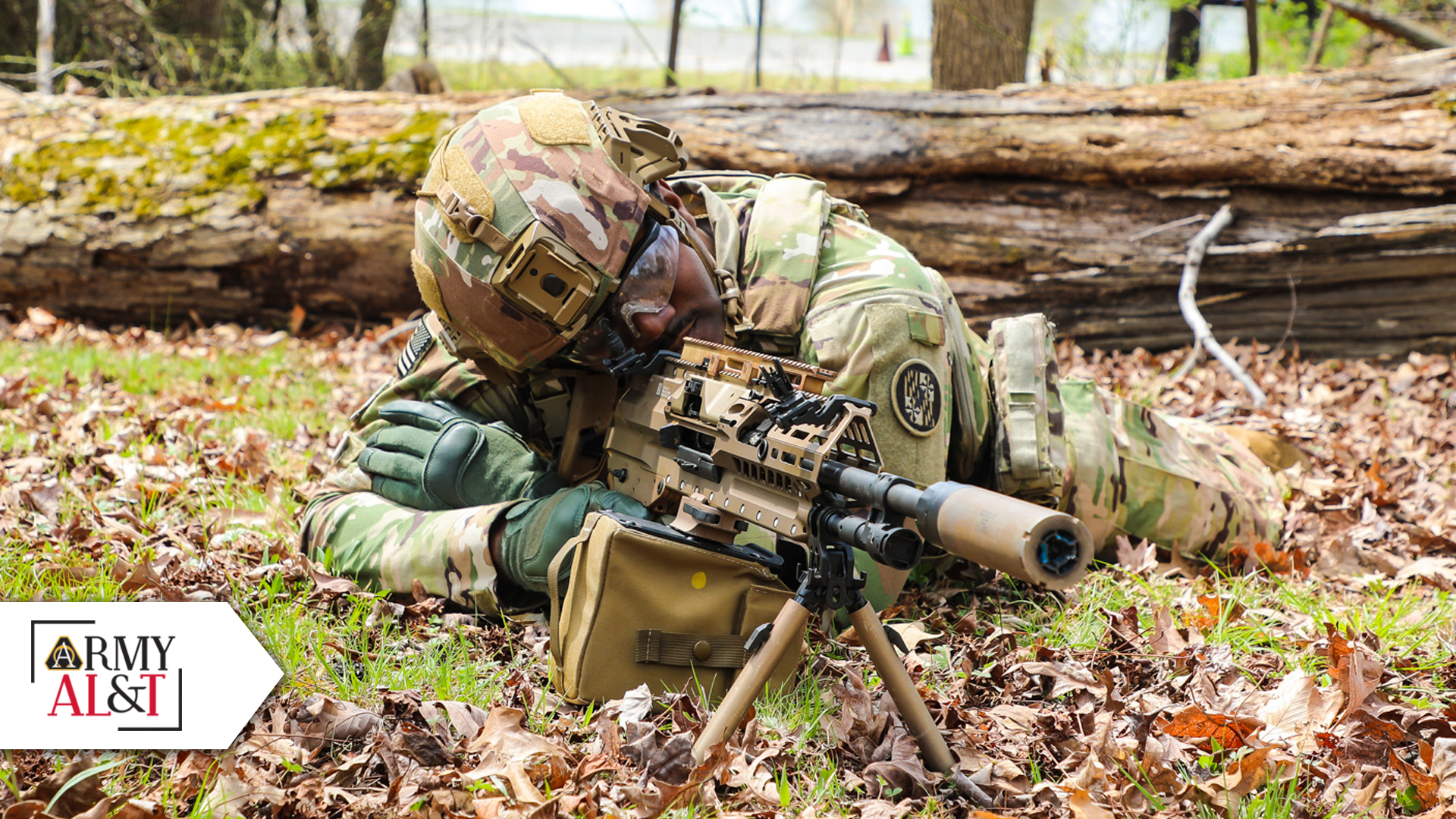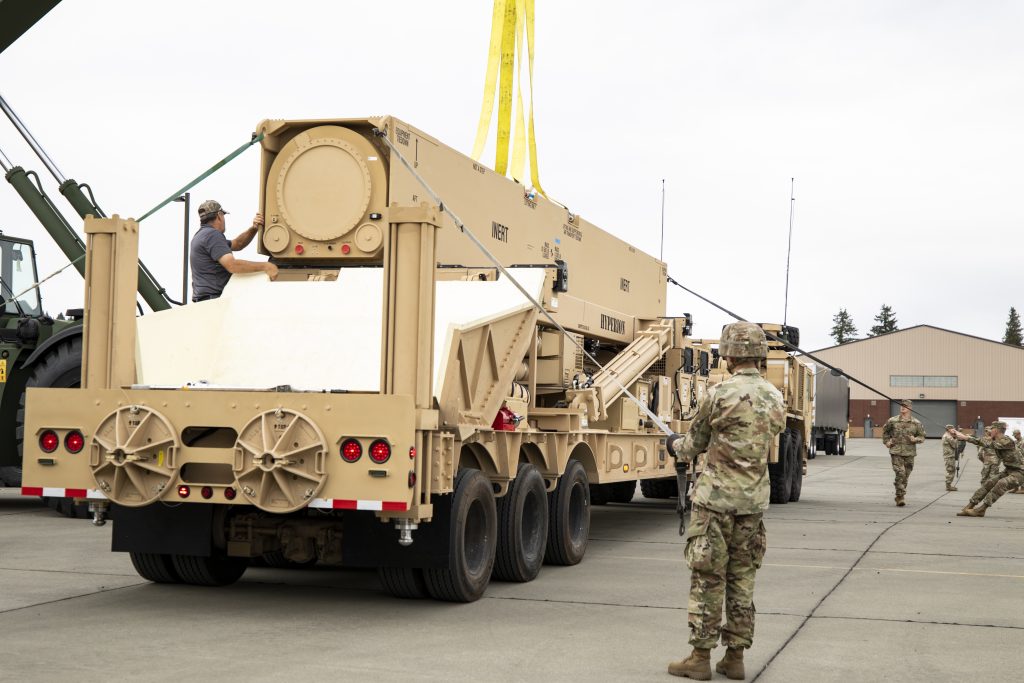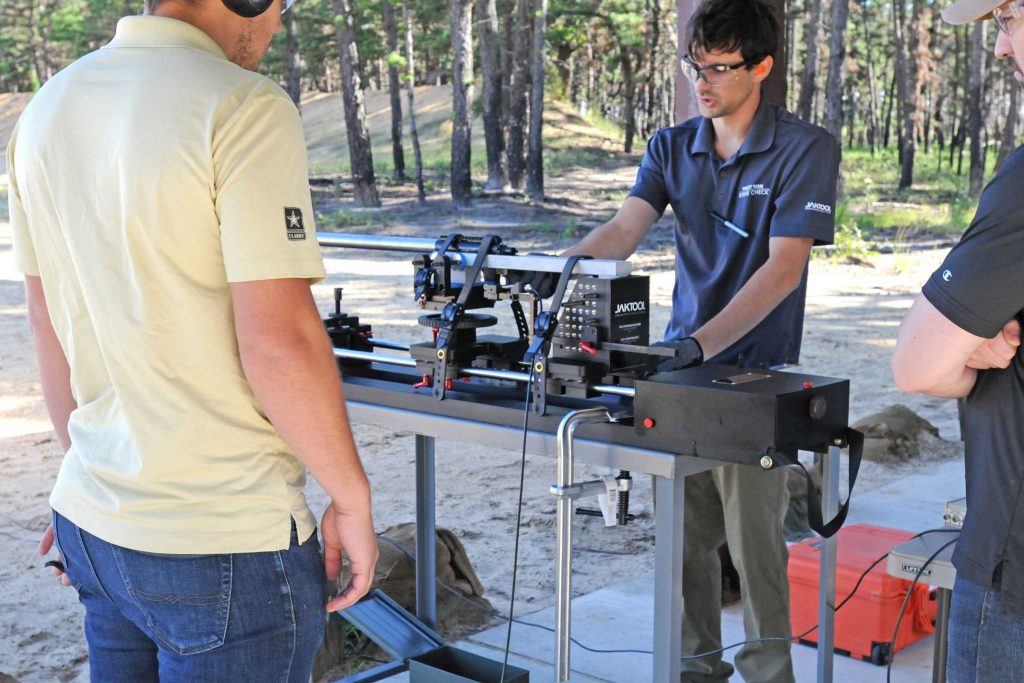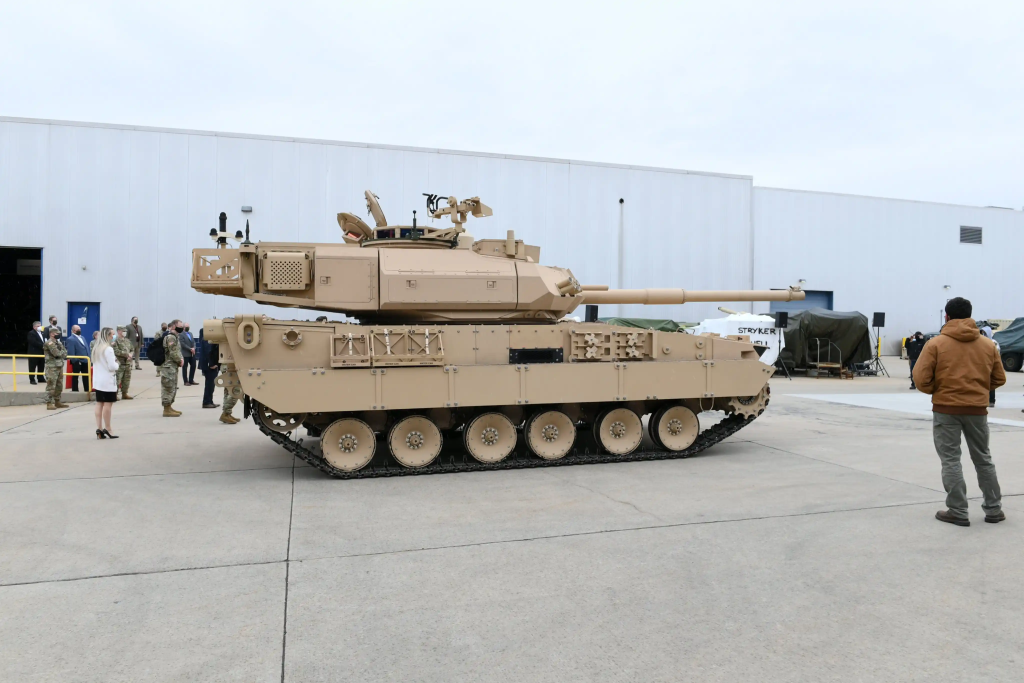
From the Army
Acquisition Executive
The Honorable Douglas R. Bush
Speed is a winning strategy for the Army and America.
The United States Army faces rapid change, and Army acquisition must adapt rapidly to keep up. Advances in technology, rapidly shifting economic conditions, changing geopolitical alignments, and the effects of climate change are all impacting the Army’s future. The People’s Republic of China is our pacing challenge, but Russia’s invasion of Ukraine and the persistent threats from North Korea, Iran and violent extremist organizations make it clear the Army must be prepared for a wide range of possible conflicts. In this context, I am confident that our six modernization priorities—Long Range Precision Fires, Next Generation Combat Vehicles, Future Vertical Lift, Network, Air and Missile Defense and Soldier Lethality—remain the right ones. The mission of Army acquisition is to deliver those capabilities on time to support the Army and the joint force.
Because of this environment, speed in acquisition is my first priority. We must always remember that delivering capable equipment to the warfighter at speed is our No. 1 mission. It is an enormous responsibility. The acquisition programs of today will be the weapons that warfighters—both our own and those of our allies—will rely upon in combat five to 10 years from now, or sooner.
However, the traditional defense acquisition system wasn’t set up for speed. To overcome that, we are now seeing how a combination of new authorities from Congress, innovative contracting, high-fidelity prototypes and expanded Soldier feedback are allowing the Army to move quickly while also ensuring that systems are properly designed, fully tested and sustainable over time. Continued use of this approach into the future will be critical to our success.

NEW AMMO: The Army’s replacement for the decades-old M4 carbine and M16 rifle will also come with a new caliber of ammunition. The newness of the ammo means that the Army’s organic industrial base will have to ramp up production to meet the Army’s eventual needs. (Photo courtesy of the Program Executive Office for Soldier)
DEMONSTRABLE SUCCESS
But before discussing the future, we should look to the recent past for inspiration. Army acquisition led the federal government’s efforts to respond to the COVID-19 pandemic. Army contracting and acquisition professionals worked tirelessly throughout the pandemic to ensure vaccines, treatments and other supplies were rapidly available across America. Their innovation and hard work saved millions of lives, both here and abroad. More recently, the conflict in Ukraine has highlighted the effectiveness of Army weapons such as Stingers and Javelin missiles, M142 High Mobility Artillery Rocket System (HIMARS), M777 howitzers, advanced 155 mm ammunition and guided Multiple Launch Rocket Systems rockets, just to name a few.
Those success stories in Ukraine didn’t just happen. They represent the work of Army acquisition professionals over many years. Many of those who helped respond to the pandemic and develop the weapons being used in Ukraine are still part of our community. We should all be proud of their work and the results we are seeing here at home and on the battlefield. They show that Army acquisition can get the job done.

A DIFFERENT CALIBER:
The new XM5 rifle and XM250 automatic rifle, which will eventually replace the M4 carbine and the M249 Squad Automatic Weapon, respectively, will use the 6.8 mm common cartridge family of ammunition. The Army announced in April that the mid-tier, rapid-fielding effort led to its selection of Sig Sauer, a firearms company, as the manufacturer to provide the new weaponry. (Photos courtesy of Sig Sauer)
24 BY ’23
Building on this past success, we are now seeing encouraging results across the Army’s modernization efforts. By the end of the 2023 fiscal year, we anticipate having 24 new systems in the hands of Soldiers, including the Long Range Hypersonic Weapon, improved elements of the Integrated Tactical Network, new combat vehicles, new small arms and an array of other systems. Let me highlight just a few of the many examples of our recent progress.
In June, the Army successfully completed the Mobile Protected Firepower middle-tier acquisition rapid-prototyping phase and transitioned it to a major capability acquisition program with a favorable milestone C decision. With crucial feedback from Soldier touch points, the program entered production in just under four years. Normally, a program of this size and scope would have taken between six and seven years to go from prototype to production. While much work remains to be done, it is my hope that Mobile Protected Firepower is recognized in the future as a model for how the acquisition and requirements communities work together to enable program success.
In July, the Army released the request for proposals for the Optionally Manned Fighting Vehicle (OMFV) detailed design and prototype build and test phases, phases three and four of the five-phase program. With a focus on innovation, competition and production of a transformational infantry fighting vehicle, OMFV will be the first ground-combat vehicle designed using digital engineering. Additionally, the use of modular open-system architecture will allow for rapid integration and insertion of future technologies.
In another major advancement, the Next Generation Squad Weapon (NGSW) completed rapid prototyping and entered rapid fielding in April, after a 27-month prototyping and evaluation effort with numerous technical tests and Soldier touch points. The NGSW includes the XM5 rifle to replace the M4/M4A1 carbine and the XM250 automatic rifle to replace the M249 Squad Automatic Weapon. Both new weapons for the close combat force are lightweight, paired with the XM157 fire control for increased accuracy and lethality, and fire 6.8 mm ammunition.
And finally, we anticipate the upcoming award of the development contract for the Future Long Range Assault Aircraft (FLRAA). This aircraft will, over time, replace the Army’s highly successful UH-60 Blackhawk helicopter and provide the Army with unprecedented speed and range for Army aviation.

RAPID ARRIVAL: Mobile Protected Firepower transitioned to a major capability acquisition program in June—crucial feedback from Soldier touch points enabled the program to enter production in under four years. (Photo courtesy of the Office of the Secretary of the Army)
CONCLUSION
These success stories didn’t happen because of Army acquisition alone. We need creativity and innovation from industry and entrepreneurs working with the Army’s research-and-development community and our acquisition professionals to ensure America’s Army remains the best equipped in the world. We also need our defense industry partners to continue to deliver on time and on budget. I am confident that we will succeed because American workers are the best in the world and American innovation is second to none.
Finally, we need our Army partners to ensure the Army succeeds. Army acquisition, Army Futures Command, Army Materiel Command, the Army staff and many others must work together to bring all the aspects of modernization together. Working together at speed, we can ensure that our joint warfighters are ready to deter adversaries and, if necessary, face any challenge on the battlefield today and in the future.
Read the full article in the Fall 2022 issue of Army AL&T magazine.
Subscribe to Army AL&T – the premier source of Army acquisition news and information.







